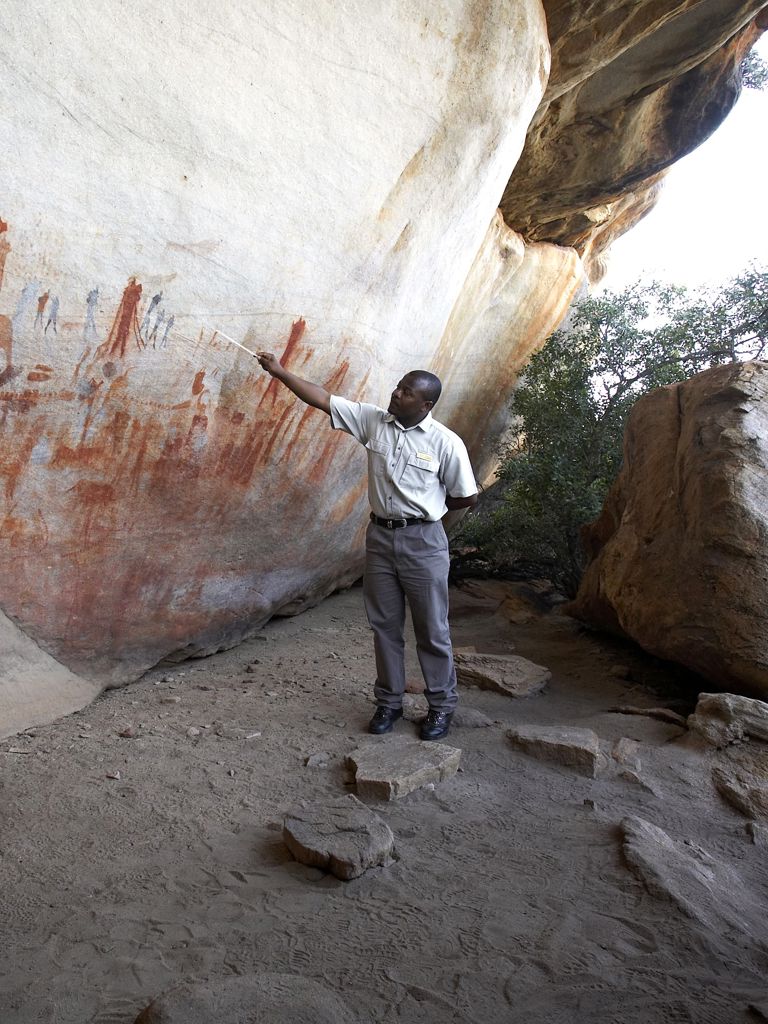
Revealing the mysteries of Bushmans Kloof rock art
Bushmans Kloof's rock art is a National Heritage Site. Here we reveal its mysteries with curator Londi.

Bushmans Kloof's rock art is a National Heritage Site. Here we reveal its mysteries with curator Londi.